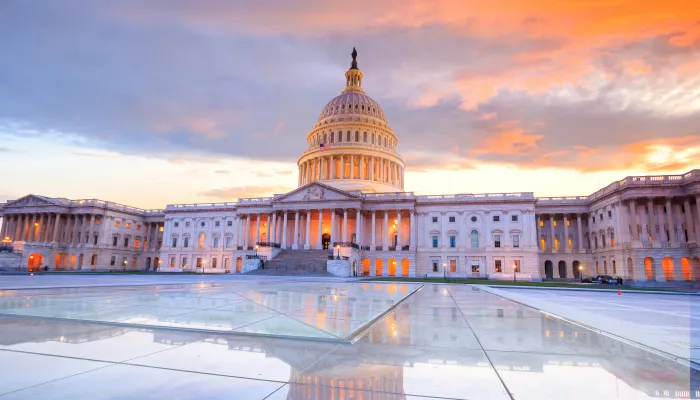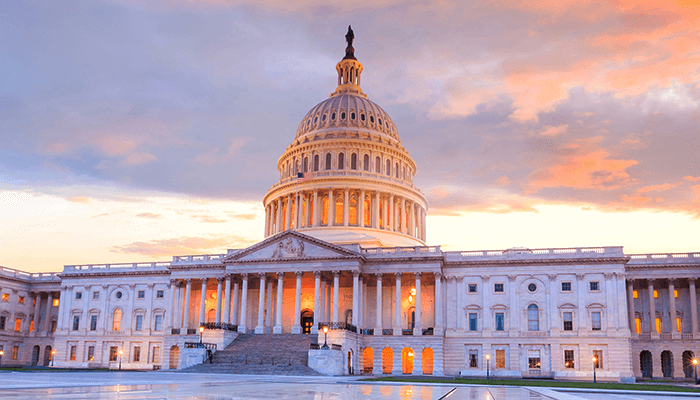Op-Ed: Debt Clock Still Ticks On
The Hill | October 3, 2012
Three weeks into the Comeback America Initiative’s almost five-week fiscal responsibility bus tour, it’s clear we have a real showstopper on board with us: a 100-pound, 10-foot-long digital display whose flashing digits tell their own story. This “U.S. Financial Burden Barometer” is a much truer measure of the country’s financial sinkhole than the well-known National Debt Clock, which debuted in 1989 at $2.7 trillion and has since grown to more than $16 trillion. The Burden Barometer makes that stunning number seem like small change: at present, the barometer’s tally is at more than $70 trillion and is growing by $10 million a minute! That’s up from about $20 trillion in 2000.
The Comeback America Initiative created the Burden Barometer to engage voters on the full dimensions of our fiscal challenge and encourage them to pressure candidates for national office to get serious about solutions — or pay the price on Election Day. While the Debt Clock shows our country’s current gross federal debt, the Burden Barometer reflects the federal government’s total liabilities, unfunded promises and other commitments and contingencies.
The $70 trillion figure incorporates liabilities such as publicly held debt; unfunded military and civilian pensions and retiree health obligations; unfunded social insurance promises, most prominently, Medicare and Social Security; and a range of other federal commitments and contingencies, including the Federal National Mortgage Association and the Pension Benefit Guaranty Corporation. To arrive at an official and credible tally, we used the figures in official financial statements of the U.S. government and other official government reports, among them the annual Social Security and Medicare Trustees Reports and the Congressional Budget Office’s current projected deficit for fiscal 2012.
Clearly there’s creative accounting in many politicians’ assessments of the nation’s fiscal condition — and plenty of demagoguery, too, from partisan and ideological players who want you to think we don’t have a problem or that there are easy answers. Economic growth alone can’t fix our woes and more tax cuts will not pay for themselves. We need to start making tough choices.
If a politician says there’s no need to reform our social insurance programs, don’t believe it. We have to combine Medicare, Medicaid and Social Security reforms, along with other reductions in defense and other federal spending, with revenue increases or the math just won’t add up. In addition, we must rationalize our healthcare promises and focus on controlling costs.
The good news is that serious action, taken soon, can slow the Burden Barometer’s rise, and even significantly reduce the number being displayed. That’s because, unlike the Debt Clock — which won’t drop by a dollar due to fiscal reforms — the Burden Barometer includes present and future spending as determined by our government’s promises and policies. If our elected officials enact meaningful reforms, even if they are phased in over time, the Burden Barometer’s number could instantly go down by tens of trillions of dollars.
Whether that incentive will be enough is an open question. The truth is, our greatest deficit today is one of leadership. It will take political courage and extraordinary presidential leadership that we haven’t seen in the past 10 years to bridge the partisan divide and reach the sort of grand bargain needed to avoid a U.S. debt crisis. But we know this is possible because a number of Republicans and Democrats have already gotten behind nonpartisan solutions that can get bipartisan support.
For example, some within each of the parties have agreed we should change current formulas and premium subsidy models to provide greater support to lower-income individuals and less support for higher-income beneficiaries. They’ve acknowledged the wisdom in reining in healthcare costs by changing the way we pay for medical care — moving away from fee-for-service system and toward “outcome based” payments — and reforming our medical malpractice system. They’ve gotten behind the idea of closing various tax “loopholes” to make the system simpler and fairer, and to generate more revenue. What we need is more elected officials to join them in breaking partisan ranks and putting the interests of the country before the special interests and partisan ideology.
The stakes for our country are huge, and the time for action is now.

